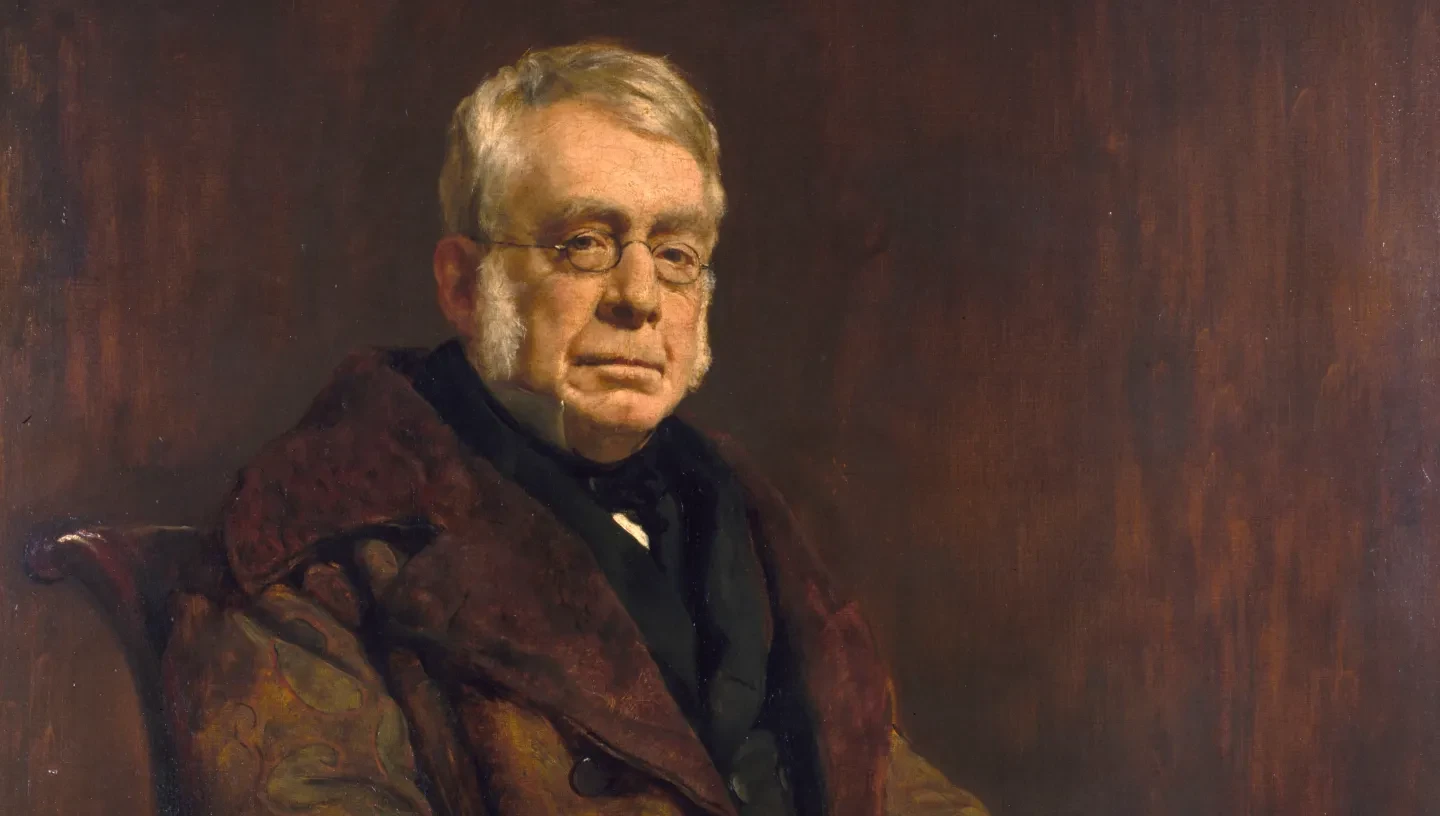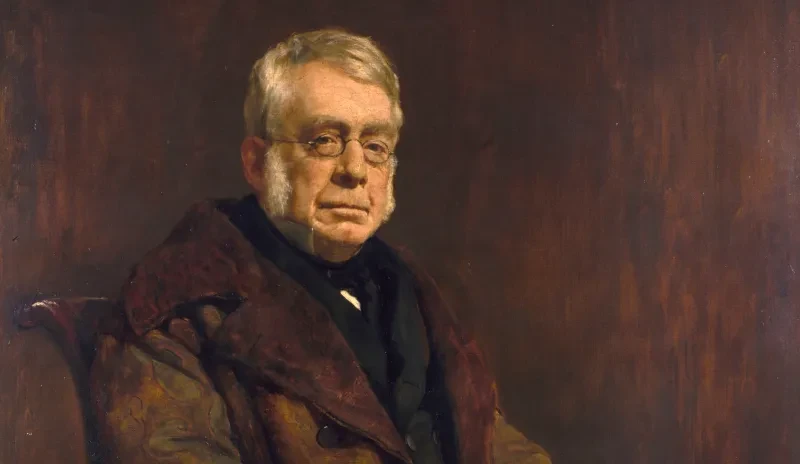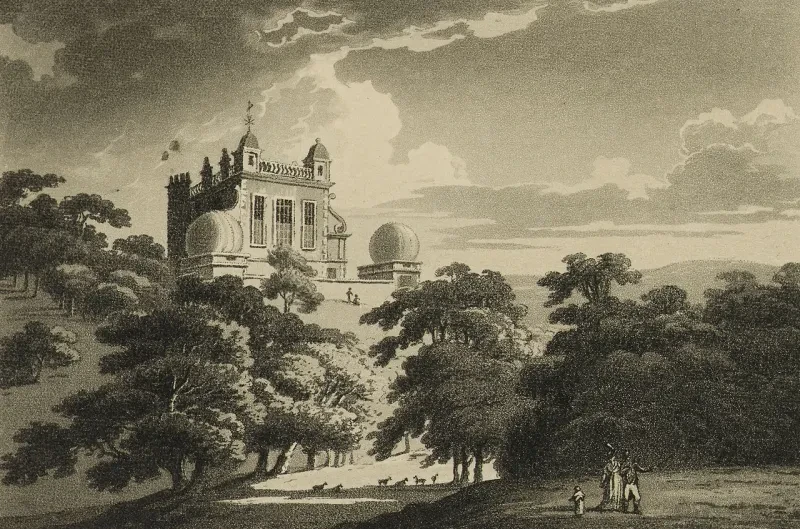
Astronomer George Biddell Airy designed the legendary Airy Transit Circle telescope, which defined the Prime Meridian at the Royal Observatory Greenwich.
After graduating from Trinity College, Cambridge in 1823, Airy worked as an assistant tutor in mathematics. In 1826, he became Professor of Mathematics at Cambridge. His interest in astronomy developed during this period, as reflected in his book, Mathematical Tracts on Physical Astronomy, published the same year. He was elected Professor of Astronomy and Director of the Cambridge Observatory in 1828. In 1835, he became Astronomer Royal.
The Royal Observatory expanded under Airy. Although he saw the proper role of the Observatory as providing data that could be used for the Navy and Empire (rather than as a research institution), he appeared to stretch this role to its limits.
He replaced and added apparatus, including the altazimuth telescope in 1847 and the Airy Transit Circle telescope, which defined the Prime Meridian at the Royal Observatory Greenwich, on which GMT is based.
He introduced specialist staff and new departments to the Observatory, including a department for magnetic and meteorological data in 1838. He also introduced photographic registration in 1848, an electric device to time transits in 1854, spectroscopic observations in 1868 and daily observations of sunspots using the Kew heliograph in 1873.
Outside of his Observatory work, he supervised an experiment at Harton Colliery, South Shields, to measure the change in the force of gravity with distance below the Earth's surface. Like many astronomers of the time, Airy went on a number of eclipse expeditions, including Turin in 1842, Sweden in 1851 and Spain in 1860.
Airy also worked as a scientific advisor to the Government, supervised a catalogue of geographical boundaries, advised on the laying of transatlantic telegraph cable and on the construction of the chimes for Big Ben.
The transit circle still sits in its original mounting, in the Transit Circle Room at the Royal Observatory.


